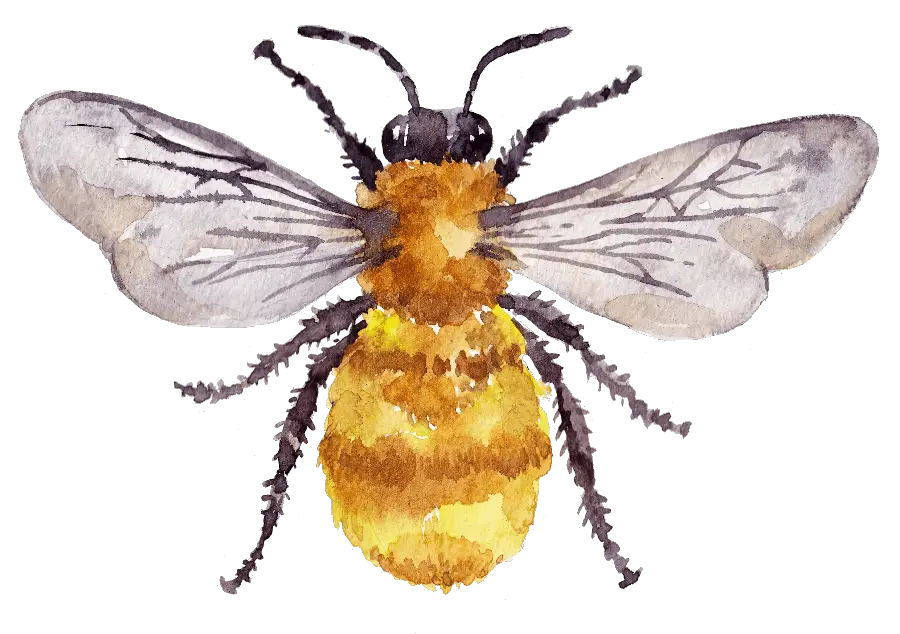Last updated on January 3rd, 2024 at 03:26 pm
In the intricate world of bees, the Bombus muscorum, or the Moss Carder Bee, stands out with its unique appearance and fascinating habits. This bee is not just another member of the buzzing community; it’s a testament to the wonders of evolution and adaptation. Let’s embark on a journey to uncover the mysteries of the Moss Carder Bee.
Appearance: A Mossy Marvel
The Moss Carder Bee is a visual delight:
- Fuzzy Greenish-Grey Coat: True to its name, this bee sports a dense coat of mossy greenish-grey hairs, making it one of the most distinct bumblebees around.
- Size: They’re medium-sized bees, typically measuring between 10-15mm in length.
- Facial Features: Their face is relatively round with a mix of black and yellow hairs.
Habitat: Nature’s Green Patches
If you’re eager to spot these mossy wonders, here’s where your search should lead:
- Geographical Spread: Predominantly found across the UK, Ireland, and parts of Northern Europe.
- Preferred Habitats: They have a soft spot for coastal areas, heathlands, and grasslands. They’re particularly fond of habitats with abundant flowering plants.
Behaviour: The Gentle Builders
The Moss Carder Bee is known for its unique nesting habits:
- Nest Construction: As the name suggests, they have a penchant for moss. They build their nests on the ground, often using moss, grass, and other plant materials to craft a cozy haven.
- Solitary Nature: While they are social bees, their colonies are relatively small, usually consisting of fewer than 50 individuals.
Diet: Floral Delicacies
What’s on the menu for the Moss Carder Bee?
- Nectar and Pollen: Like most bees, they feed on nectar and pollen. They’re particularly fond of leguminous plants, such as clovers and vetches, but they’re also known to visit a variety of other flowers.
- Vital Pollinators: Their diverse diet and foraging habits make them essential pollinators, ensuring the reproduction of various plants and contributing to biodiversity.
When and Where to Spot Them
For those keen to witness these bees in action:
- Time of Year: They’re most active during the warmer months, typically from May to September.
- Time of Day: Daylight hours, especially during warm, sunny spells, are when they’re most active.
- Location: Coastal areas, heathlands, and flower-rich grasslands are prime spots for sightings.
| Best Time to Spot | Location | Activity Level |
|---|---|---|
| Morning | Coastal Areas | High |
| Midday | Heathlands | Moderate |
| Late Afternoon | Grasslands | High |
Why They Matter
The Moss Carder Bee, like all its buzzing counterparts, plays a pivotal role in our ecosystem:
- Pollination Pros: Their foraging habits ensure the pollination of a range of plants, contributing to biodiversity and the health of various ecosystems.
- Ecosystem Indicators: Their presence can be a sign of a healthy habitat. Conversely, a decline in their numbers might signal environmental challenges that need attention.
Conclusion
The Moss Carder Bee is a beautiful reminder of the diversity and intricacy of nature. With its mossy coat and unique nesting habits, it adds a touch of wonder to our gardens and wild spaces. As we explore the great outdoors, let’s take a moment to appreciate these greenish-grey marvels and their contribution to our world.
Explore our comprehensive bee ID guide for a deeper dive into the world of bees and to help identify the many species that grace our planet.





